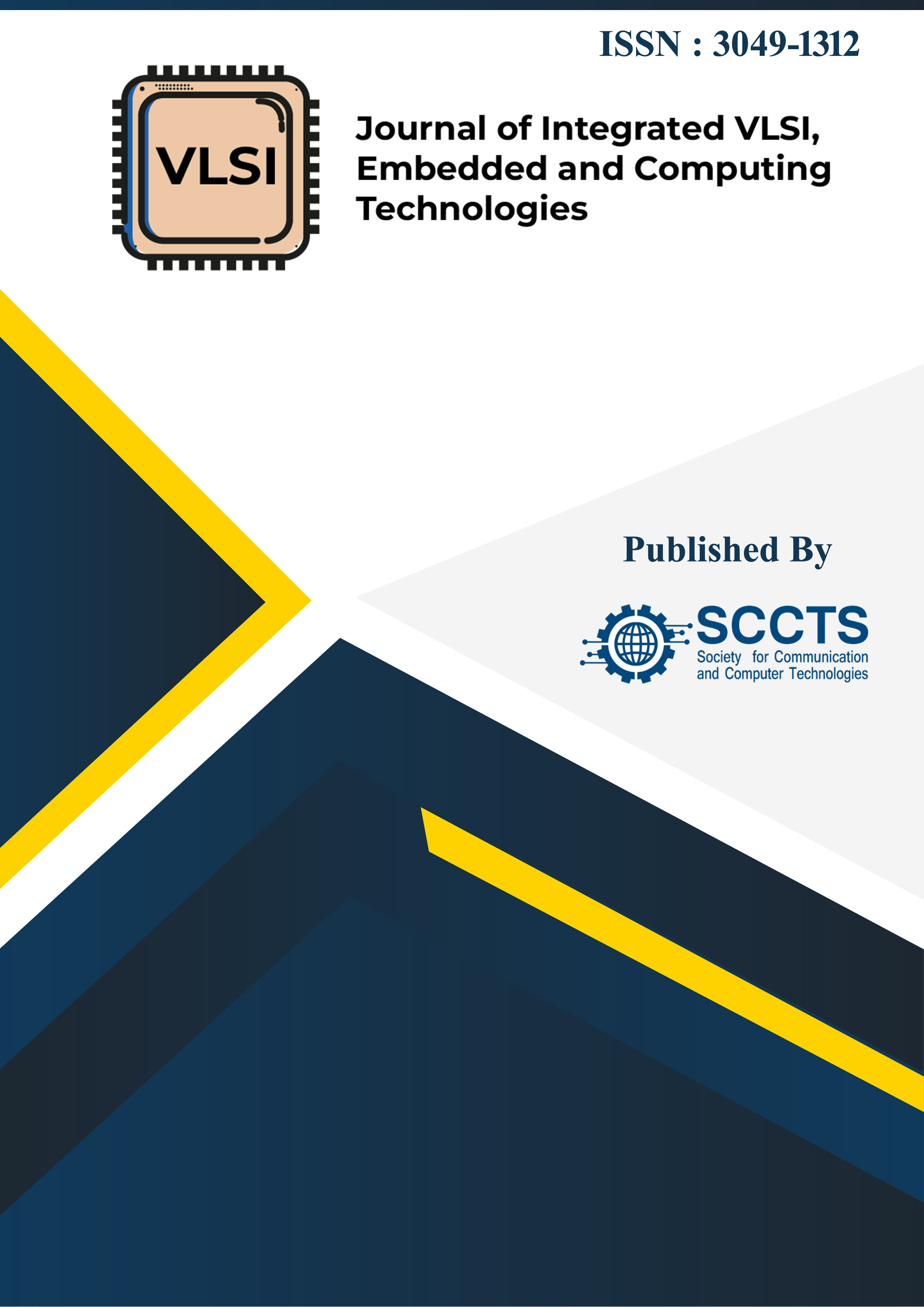Bio-Inspired Computing Architectures for Energy-Efficient Biomedical Signal Processing on Chip
DOI:
https://doi.org/10.31838/JIVCT/03.01.04Keywords:
Bio-Inspired Computing, Neuromorphic Architecture, Spiking Neural Networks, Biomedical Signal Processing, Energy Efficiency, Edge AI, On-Chip Learning, Low-Power VLSIAbstract
Real-time biomedical signal processing has used a lot of energy-efficient applications, and with the increasing number of wearable, implantable, and portable healthcare instruments, the necessity will increase. The traditional von Neumann-based architectures provide high flexibility but with memory bottleneck and power consumption they are inapplicable in continuous monitoring anomalies in resource-constrained systems. In that regard, a new solution can be considered in bio-inspired computing architectures that reproduce the general features of the parallel, event-based, and low-power human brain. In this paper we present a neuromorphic computing architecture of the biomedical signal processing on-chip by spiking neural networks (SNNs) and analog-digital mixed-signal integrations. The architecture consists of an analog front-end consuming very low power to perform real-time acquisition of biosignals and coding of the spikes, and a digital SNN core to perform the sparse and asynchronous processing. The system was designed and simulated using a 65nm CMOS technology that makes it very energy efficient and latency efficient. In particular, it can realize up to 65 percent of energy savings per inference count and up to 40 percent low-latency processing over traditional biomedical processors using DSPs. It is tested with benchmark biosignal data such as ECG (MIT-BIH), EEG (Bonn university), and EMG (Ninapro) with use cases such as arrhythmia detection, epileptic seizure prediction, and gesture recognition that can be utilized in the prosthesis control. They include on-chip learning and high noise resistance of the spike-based representation and adaptive SNN classification, which makes the overall architecture more reliable in the environment where it would be used in practice in the biomedical setting. Due to the vast simulation efforts and comparison studies, the suggested structure shows a great possibility of providing a feasible architecture to the next-generation edge medical devices which requires ultra-low-power and real-time. The fact that it is reconfigurable and can be compatible with contemporary CMOS processes opens up the possibility of scalable applications of the same on a broad range of biomedical monitoring systems. The contribution of this work is the progress of neuromorphic engineering in the field of healthcare, where the biological efficiency and low power consumption found in nature are achieved and enter the device silicon domain in which personalized and continuous health monitoring can be delivered.





